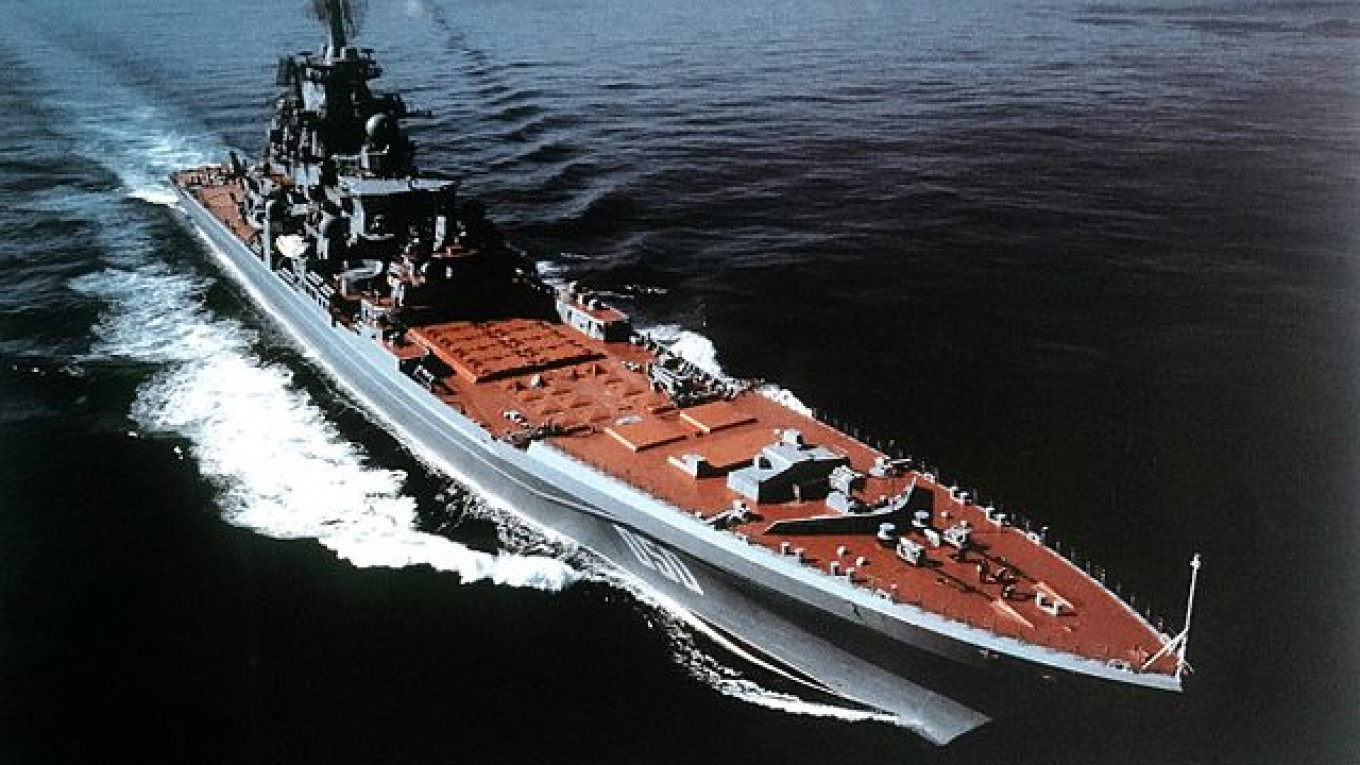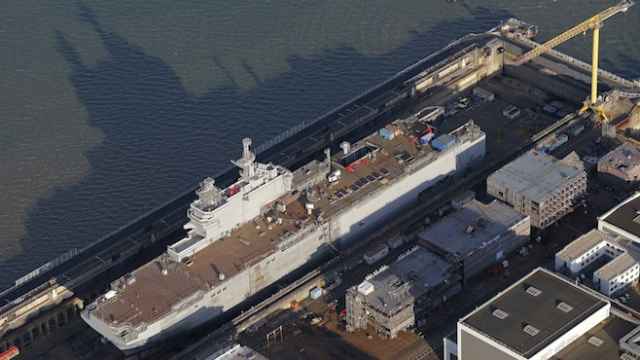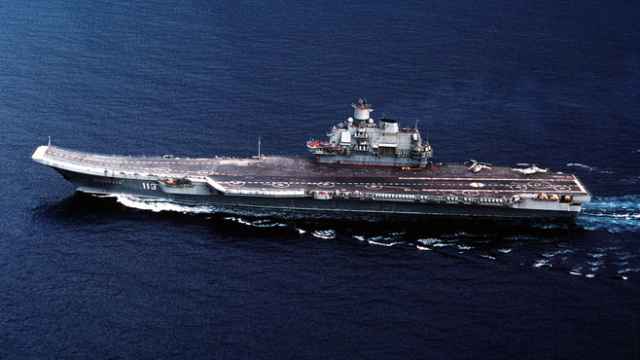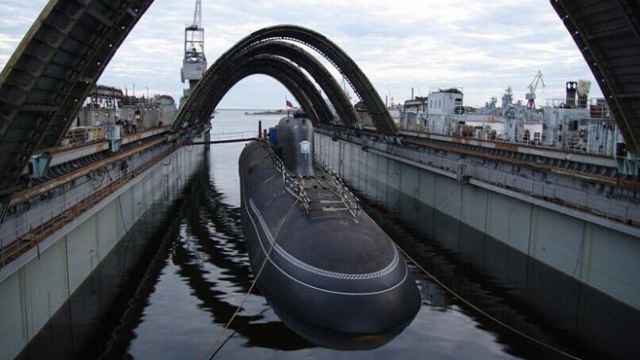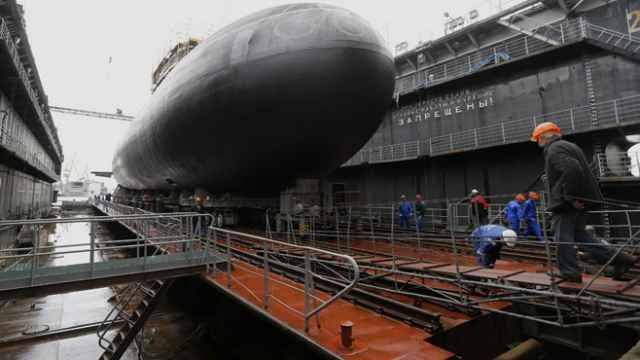Russia's Admiral Nakhimov nuclear-powered battlecruiser, currently undergoing extensive renovation and rearmament, will hit the water in 2018 as Russia's most powerful warship, Northern Design Bureau chief Vladimir Spiridopulo was quoted by the state-run TASS news agency as saying on Thursday.
The ship went into service in 1988, but has been mothballed at the Sevmash Shipyards in Severodvinsk since 1999. After years of delays, work on her restoration began in January of this year.
"This will be a complete overhaul of the ship, [to make it] almost new. She has a good hull. But everything else, except for the hull and the [nuclear] power plant will be new," Spiridupulo said, adding that the refurbishment will allow the Nakhimov to serve another 30 to 40 years.
The Admiral Nakhimov is one of two surviving vessels of the Soviet-era Kirov class — nuclear-powered battlecruisers that are the largest surface warships in the world, other than aircraft carriers. The only Kirov to see constant service since construction has been the Pyotr Veliky, at one time the flagship of the Russian navy.
Kirov-class battlecruisers are used to destroy large enemy surface vessels, such as aircraft carriers. But advances in naval technology and tactics led most navies to dump these types of vessels after the Second World War.
The other two Kirov's have been sitting in port awaiting dismantlement for years. One of those ships, the Admiral Ushakov on the coast of the White Sea, is considered to be a profound radiological threat to the local population and environment.
The Admiral Ushakov has two nuclear reactors, and the spent nuclear fuel aboard the ship has not been removed since she went into service in 1980. Spent nuclear fuel is the most radioactive man-made nuclear waste. The state of the reactors is currently unknown.
Regardless of the sorry state of the Kirov-class as a whole, Russian naval officials are enthused about the restored combat capability of the Admiral Nakhimov. The RIA Novosti news agency reported in 2011 that repairs would cost around 50 billion rubles ($1.2 billion), or roughly the price of the two French-built Mistral-class warships ordered by Russia.
"It will be a powerful vessel that exceeds the combat capabilities of the Pyotr Veliky," Spiridupolo said.
A Message from The Moscow Times:
Dear readers,
We are facing unprecedented challenges. Russia's Prosecutor General's Office has designated The Moscow Times as an "undesirable" organization, criminalizing our work and putting our staff at risk of prosecution. This follows our earlier unjust labeling as a "foreign agent."
These actions are direct attempts to silence independent journalism in Russia. The authorities claim our work "discredits the decisions of the Russian leadership." We see things differently: we strive to provide accurate, unbiased reporting on Russia.
We, the journalists of The Moscow Times, refuse to be silenced. But to continue our work, we need your help.
Your support, no matter how small, makes a world of difference. If you can, please support us monthly starting from just $2. It's quick to set up, and every contribution makes a significant impact.
By supporting The Moscow Times, you're defending open, independent journalism in the face of repression. Thank you for standing with us.
Remind me later.


